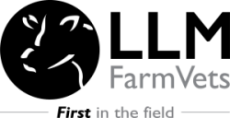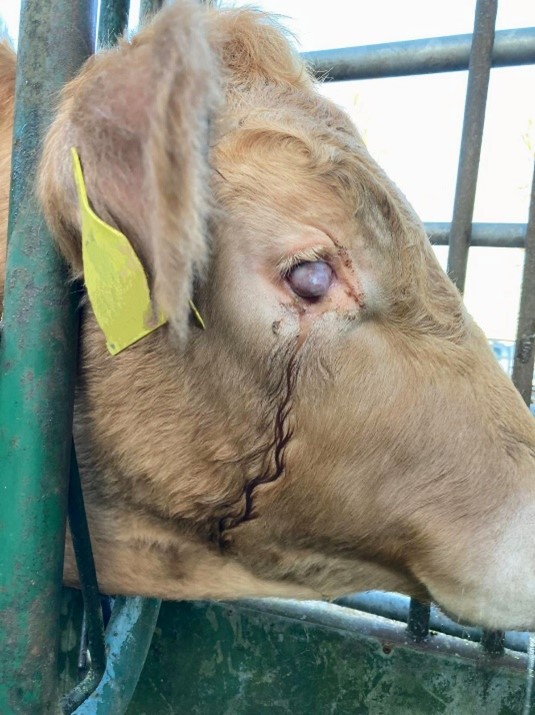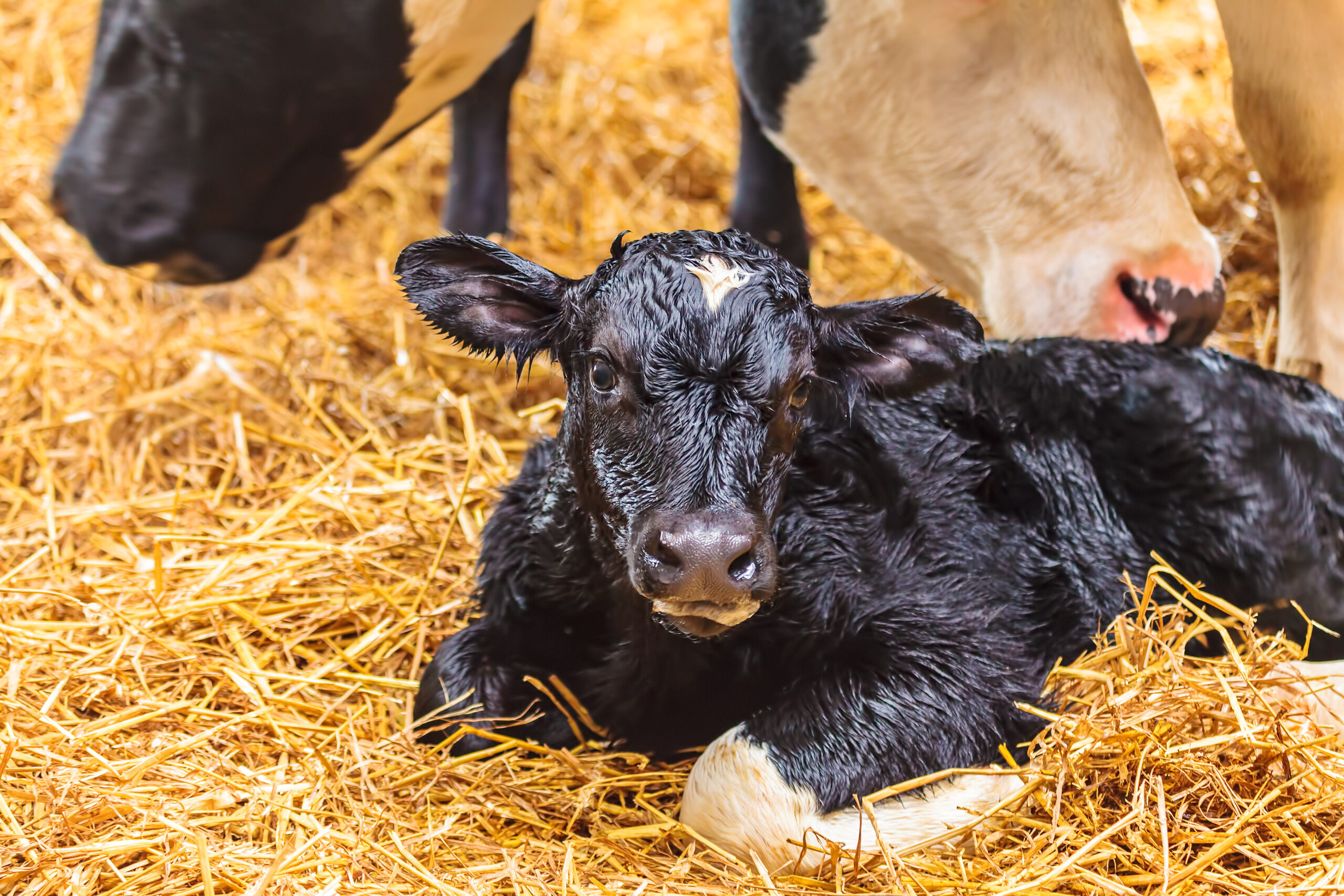Iodine for disinfecting navels is likely to come into short supply this spring. Production issues at the factory in Chile have affected global availability, with prices quadrupling as a result. This could affect a number of areas, a crucial one being navel dipping.
High iodine concentrations (over 7%) are required to effectively dry and disinfect navels, however the rising costs are causing producers to assess the alternatives. Tetracycline antibiotic sprays (such as terramycin or cyclospray) are NOT effective in treating navels. They do not effectively dry the navel and represent unnecessary antibiotic use.
Alternative navel dressings
Several alternatives exist, with some decent anecdotal evidence but very little published data. A cautious approach should be taken, with consideration of the health and safety implications as well as disposal methods:
- Rapiderma spray or solution – chelated copper sulphate, zinc chloride and alcohol in butane. One small study shows similar drying times and infection rate as 4% iodine.
- Saturated copper sulphate solution – a popular one on social media last year! Evaluate how well it is drying the navels as this might be its weakness. Avoid contact with eyes and skin.
- Vetricyn Super 7 Plus spray/dip – a small study shows reduced navel drying time in calves compared with 7% iodine tincture with no increase in infections.
- 4% chlorhexidine, or a 50/50 mix 4% chlorhexidine and alcohol – limited studies report equivalence with 7% iodine.
- 4% chlorhexidine, or a 50/50 mix 4% chlorhexidine and alcohol – limited studies report equivalence with 7% iodine.
Addressing the root cause
It is important to remember that most causes of navel ill, joint ill and other septicaemias (such as E coli aka ‘watery mouth’) follow inadequate colostrum intake and / or a heavily soiled environment. Improving colostrum and the cleanliness of the calving/lambing environment will help reduce losses to these diseases. Management of the body condition and nutrition of pregnant animals is key to ensuring good colostrum availability, so consider forage analysis and metabolic profiling in late pregnancy. Newborn lambs and calves require plenty of high-quality clean colostrum in the first hours of life (the sooner the better) and should be provided with a clean and dry lambing / calving environment.
High iodine (over 7%) is best, but some suitable alternatives may exist. Please avoid antibiotic sprays and try to reduce the risk factors. You can do this by boosting colostrum and keeping straw yards clean. If you’re concerned, please speak to your vet.









Leave A Comment